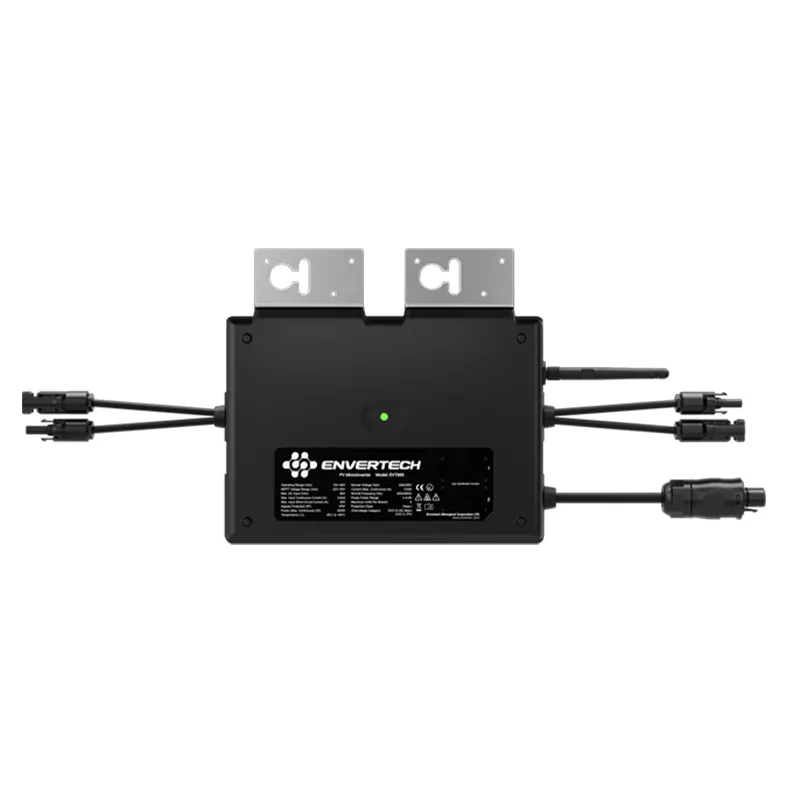Exploring Common Dimensions and Efficiency of Solar Panels for Residential and Commercial Use
Understanding the Average Size of Solar Panels
In recent years, the escalation of renewable energy initiatives has made solar power one of the most popular sources of green energy. As more homeowners and businesses consider solar panel installations, understanding the average size of solar panels becomes essential for making informed decisions about energy consumption, production, and the overall feasibility of solar technology.
The average solar panel size refers predominantly to the physical dimensions and wattage capacity of solar panels widely available in the market today. Most solar panels typically measure about 65 inches by 39 inches (approximately 1.6 meters by 1 meter) and are around 1.6 to 2 square meters in area. However, these dimensions can vary based on the type of solar technology being used and the specific manufacturing standards of different brands.
Solar panels are manufactured in various types—monocrystalline, polycrystalline, and thin-film. Monocrystalline panels, which are known for their high efficiency and elegant design, tend to have a slightly larger average size and capacity compared to their polycrystalline counterparts. For instance, a standard monocrystalline panel can produce anywhere from 250 to 400 watts, while polycrystalline panels usually generate between 200 and 350 watts.
On the other hand, thin-film solar panels, which are less efficient but more flexible and lightweight, often come in larger sizes to achieve desired energy outputs. They might occupy more roof space due to their lower efficiency rate, but the design versatility they offer can be ideal for specific rooftop configurations and aesthetic preferences.
average solar panel size

When considering solar panel installation, it is crucial to understand how the average size of the panels impacts the overall energy production capabilities. The wattage produced is not solely dependent on the size of a single panel but also on the total number of panels installed. For example, a residential solar installation may consist of multiple panels to satisfy household energy needs. A typical home might require between five to thirty panels, depending on factors such as energy consumption, geographical location, and available roof space.
Another critical aspect to consider is the solar panel's efficiency rating, which indicates the percentage of sunlight that can be converted into usable electricity. Panels with higher efficiency ratings generate more electricity from the same amount of sunlight compared to lower-rated panels. This is particularly important for homes with limited roof space, as higher efficiency panels can help maximize energy output without requiring excessive installation area.
Furthermore, solar panel size and type can also influence installation costs. While larger panels may sometimes offer a reduction in price per watt, the initial investment can be higher as well. Therefore, potential solar adopters must calculate their energy needs, budget, and available space carefully before making a decision.
In summary, the average solar panel size plays a substantial role in determining energy production, efficiency, and installation feasibility. Understanding the dimensions and wattage capabilities of different types of solar panels can help individuals and businesses make informed decisions that align with their energy requirements and environmental goals. As technology continues to evolve, so too will the designs and efficiencies of solar panels, making it an exciting field to watch for future development in sustainable energy solutions.
-
Unlocking Energy Freedom with the Off Grid Solar InverterNewsJun.06,2025
-
Unlock More Solar Power with a High-Efficiency Bifacial Solar PanelNewsJun.06,2025
-
Power Your Future with High-Efficiency Monocrystalline Solar PanelsNewsJun.06,2025
-
Next-Gen Solar Power Starts with Micro Solar InvertersNewsJun.06,2025
-
Harnessing Peak Efficiency with the On Grid Solar InverterNewsJun.06,2025
-
Discover Unmatched Efficiency with the Latest String Solar InverterNewsJun.06,2025







